Setting up a router in English requires a systematic approach that accommodates diverse hardware brands, firmware versions, and user skill levels. This tutorial provides an exhaustive walkthrough of the entire process, from hardware connections to advanced security configurations. Unlike simplified guides, this tutorial delves into platform-specific variations, troubleshooting scenarios, and performance optimization techniques. Whether you're configuring a TP-Link, Netgear, or ASUS router, understanding the universal principles while adapting to brand-specific interfaces is crucial. The following sections dissect each phase with technical precision, comparative analyses, and actionable recommendations for both home and enterprise environments.

1. Hardware Connection and Initial Power Setup
Proper hardware connectivity forms the foundation of router configuration. Begin by identifying the WAN (Internet) port on your router, typically colored differently (often yellow). Connect this port to your modem using an Ethernet cable. For mesh systems, the primary node requires this connection while secondary nodes rely on wireless pairing or wired backhaul.
- Power sequencing matters: Modem first, wait for full boot (2 minutes), then router
- LED interpretation varies by manufacturer (steady vs. blinking patterns)
- Factory reset procedures (usually a 15-second pinhole press)
| Connection Type | Maximum Speed | Latency Range | Best Use Case |
|---|---|---|---|
| Ethernet (Cat6) | 10 Gbps | 1-3 ms | Gaming/4K Streaming |
| Wi-Fi 6 (5GHz) | 1.2 Gbps | 5-15 ms | Mobile Devices |
| Powerline | 600 Mbps | 10-25 ms | Older Homes |
Platform differences emerge in physical interfaces. Cisco routers often include console ports for CLI access, whereas consumer-grade models prioritize USB ports for file sharing. Always verify power requirements - business-class routers may need 48V PoE injectors rather than standard 12V adapters.
2. Accessing Router Web Interface
Router administration requires accessing the web interface through specific IP addresses. The default gateway (usually 192.168.0.1 or 192.168.1.1) can be found via command prompt ("ipconfig" on Windows or "ifconfig" on macOS/Linux). Modern routers increasingly use domain-based access like "routerlogin.net" (Netgear) or "asusrouter.com".
- Browser compatibility issues (avoid Safari for certain firmwares)
- Certificate warnings with HTTPS access
- Mobile app alternatives vs. web dashboard capabilities
| Brand | Default IP | Admin Credentials | HTTPS Enforcement |
|---|---|---|---|
| TP-Link | 192.168.0.1 | admin/admin | Optional |
| Netgear | 192.168.1.1 | admin/password | Yes (v6+) |
| ASUS | 192.168.50.1 | admin/admin | No |
Enterprise environments face additional hurdles when accessing interfaces. Juniper devices require J-Web plugin installation, while Ubiquiti routers mandate UniFi controller software. Always disable remote administration post-setup to prevent WAN-side access attempts.
3. Basic Network Configuration
Core network parameters demand careful planning. The WAN section handles internet connection type - DHCP (dynamic IP), PPPoE (common for DSL), or static IP (business accounts). DNS configuration proves critical; consider switching from ISP defaults to Cloudflare (1.1.1.1) or Google DNS (8.8.8.8).
- MTU size optimization (1492 for PPPoE, 1500 for Ethernet)
- IPv6 adoption considerations
- VLAN tagging for ISP requirements (e.g., CenturyLink)
| Parameter | Home Default | Office Recommendation | Security Impact |
|---|---|---|---|
| SSID Broadcast | Enabled | Disabled | Medium |
| DHCP Lease Time | 1440 min | 120 min | Low |
| DNS Configuration | ISP Provided | DNSSEC-enabled | High |
Advanced users should explore dual-WAN configurations for failover (ASUS) or load balancing (Peplink). QoS settings require application-specific tuning - prioritize video conferencing during work hours while allocating bandwidth to gaming consoles during evenings.
4. Wireless Network Customization
Optimal Wi-Fi performance stems from strategic channel planning. The 2.4GHz band (channels 1,6,11 non-overlapping) suits legacy devices, while 5GHz offers wider channels (80MHz or 160MHz) for high-throughput applications. Wi-Fi 6 introduces OFDMA and BSS coloring for dense environments.
- Transmit power adjustment (not always "100%" ideal)
- Beamforming implementation differences
- MU-MIMO compatibility checks
| Band | Channel Width | Max Data Rate | Wall Penetration |
|---|---|---|---|
| 2.4GHz | 20MHz | 450 Mbps | Excellent |
| 5GHz | 80MHz | 1.7 Gbps | Good |
| 6GHz (Wi-Fi 6E) | 160MHz | 2.4 Gbps | Poor |
Mesh systems introduce unique considerations. Deco units automatically select backhaul channels, while Orbi systems dedicate a 5GHz band for inter-node communication. For best results, conduct site surveys using apps like NetSpot or Ekahau to identify interference sources.
5. Security Hardening Protocols
Router security requires a multi-layered approach. Begin by changing default credentials and disabling WPS (vulnerable to brute force attacks). Encryption standards have evolved from WEP (broken) to WPA3-SAE (simultaneous authentication of equals). Enterprise environments should implement 802.1X authentication with RADIUS servers.
- Firmware signing verification methods
- Automatic update risks vs. benefits
- MAC filtering effectiveness (easily bypassed)
| Protocol | Encryption | Key Exchange | Vulnerabilities |
|---|---|---|---|
| WPA2-Personal | AES-CCMP | PSK | KRACK attack |
| WPA3-Enterprise | GCMP-256 | EAP-TLS | None known |
| OWE (Enhanced Open) | AES-GCM | DH Key | None |
Firewall configurations warrant special attention. SPI (stateful packet inspection) should be enabled, while port triggering proves safer than permanent port forwarding. Consider creating a separate guest network with client isolation to prevent lateral movement in case of compromise.
6. Port Forwarding and DMZ Configuration
Application-specific traffic routing enables services like game servers or P2P applications. Port forwarding maps external ports to internal IP addresses, while UPnP (universal plug and play) automates this process with security tradeoffs. The DMZ (demilitarized zone) exposes one device completely - use only for testing environments.
- TCP vs. UDP protocol selection
- Ephemeral port ranges (49152-65535)
- Double NAT scenarios with CGNAT
| Service | Protocol | Port Range | Security Risk |
|---|---|---|---|
| HTTP Webserver | TCP | 80, 443 | High |
| Xbox Live | UDP | 88, 3074 | Medium |
| BitTorrent | TCP/UDP | 6881-6889 | Critical |
Advanced users should explore VPN passthrough configurations (PPTP, L2TP, IPSec) or reverse proxy setups with port 80/443 redirection. Always verify port openings using online tools like PortChecker or Nmap scans from external networks.
7. Quality of Service (QoS) Optimization
Bandwidth allocation strategies prevent bufferbloat and latency spikes. Traditional QoS classifies traffic by port numbers, while modern implementations (DOCSIS 3.1, Cake QoS) use flow-based prioritization. Gaming routers like the Netgear Nighthawk series offer application-specific profiles.
- Bufferbloat mitigation (SQM implementations)
- DSCP marking for VoIP traffic
- Device-based vs. application-based prioritization
| QoS Type | Classification Method | Hardware Offload | Buffer Control |
|---|---|---|---|
| Traditional | Port-Based | No | Poor |
| Flow-Based | Deep Packet Inspection | Partial | Good |
| Adaptive (AQM) | Real-Time Analysis | Yes | Excellent |
Measurement proves essential - run tests on DSLReports' speed test to evaluate QoS effectiveness. For asymmetric connections (common with cable internet), set upload bandwidth to 85% of tested capacity to prevent queue buildup.
8. Firmware Updates and Maintenance
Router firmware contains the operating system and security patches. Major manufacturers release updates quarterly, addressing vulnerabilities like CVE-2023-1389 (TP-Link command injection) or CVE-2022-46675 (ASUS authentication bypass). Manual updates require downloading firmware files from official support portals only.
- Version rollback limitations
- Changelog analysis for breaking changes
- Third-party firmware considerations (OpenWRT, DD-WRT)
| Brand | Update Frequency | Auto-Update | EOL Policy |
|---|---|---|---|
| Linksys | Bi-Monthly | Optional | 3 Years |
| Synology | Quarterly | Mandatory | 5 Years |
| MikroTik | Monthly | None | 10+ Years |
Factory resets become necessary after major firmware jumps (e.g., moving from v3 to v4 kernel bases). Maintain configuration backups before updates, noting that some settings (port forwards, static IPs) may not transfer across major versions. For maximum security, subscribe to manufacturer security bulletins or CVE notifications.

The router's event log provides crucial diagnostic information - failed WAN connections often indicate ISP issues, while frequent DHCP releases may signal IP conflicts. Wireless client connection/disconnection timestamps help identify interference patterns. Enterprise-grade routers offer syslog server integration for centralized monitoring, whereas consumer models typically provide only basic historical data. Regularly reviewing these logs enables proactive troubleshooting before users experience service degradation. Advanced users should correlate log entries with latency test results and throughput measurements to build comprehensive performance baselines. Modern mesh systems incorporate self-healing algorithms that automatically adjust parameters based on historical performance data, though manual intervention remains necessary for complex networking scenarios. Always document configuration changes with timestamps - this practice proves invaluable when troubleshooting regressions or performance anomalies.


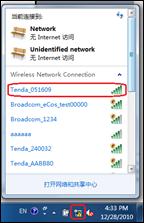




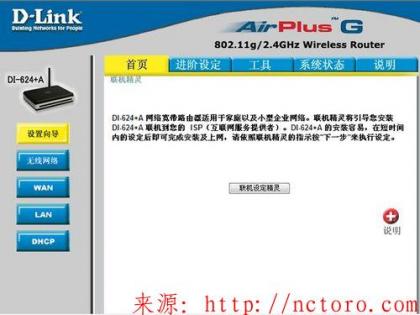




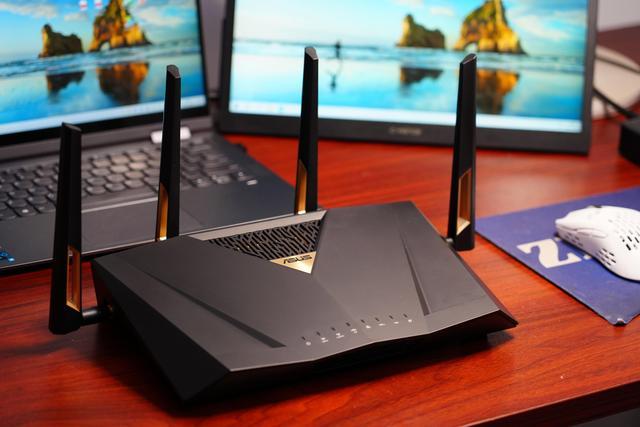
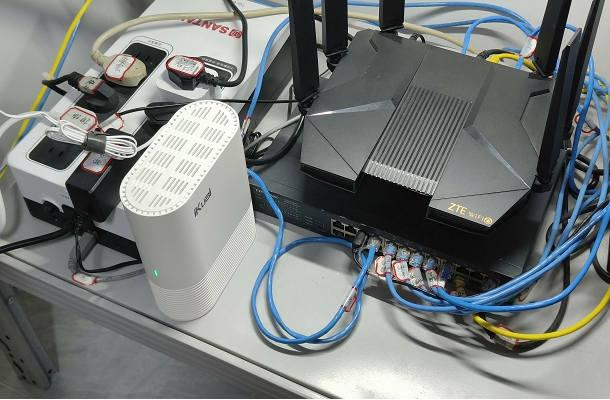
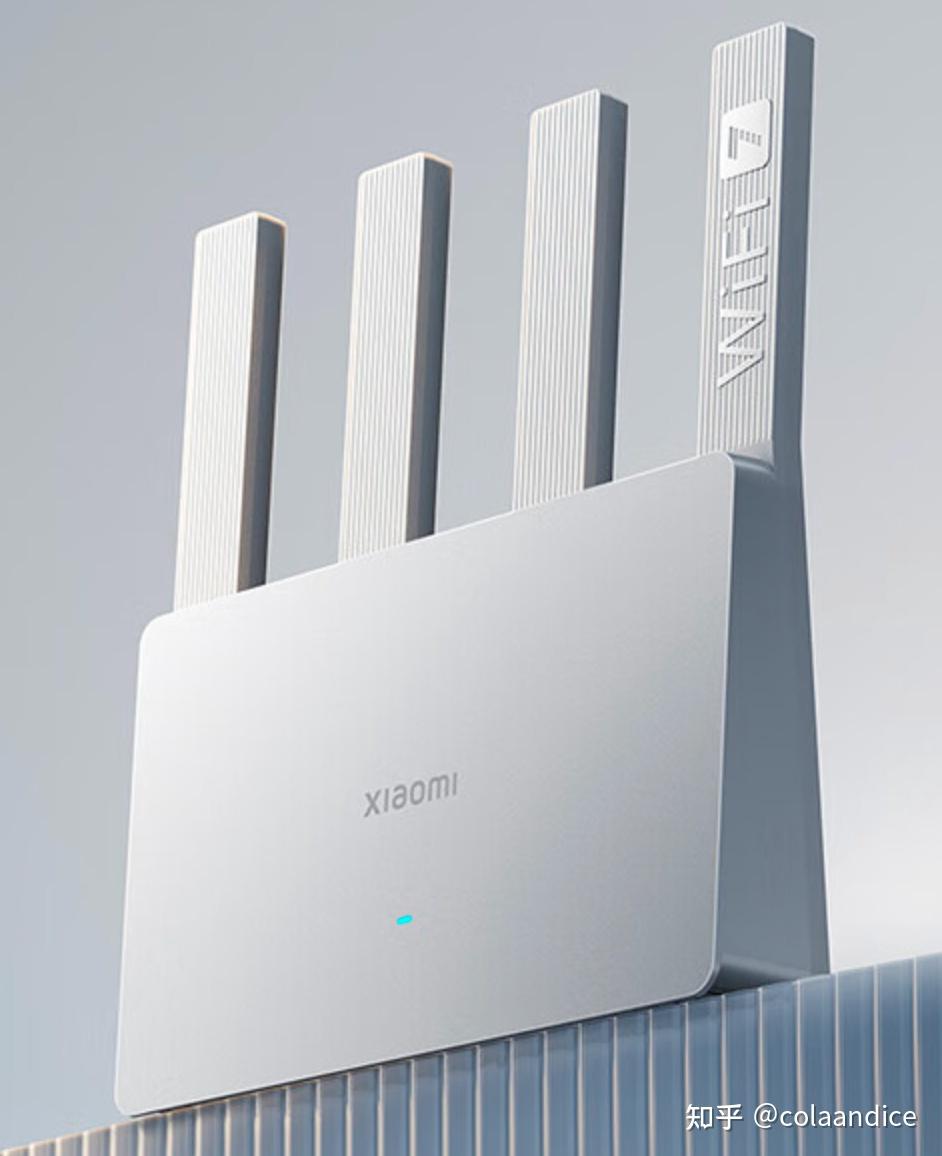






发表评论